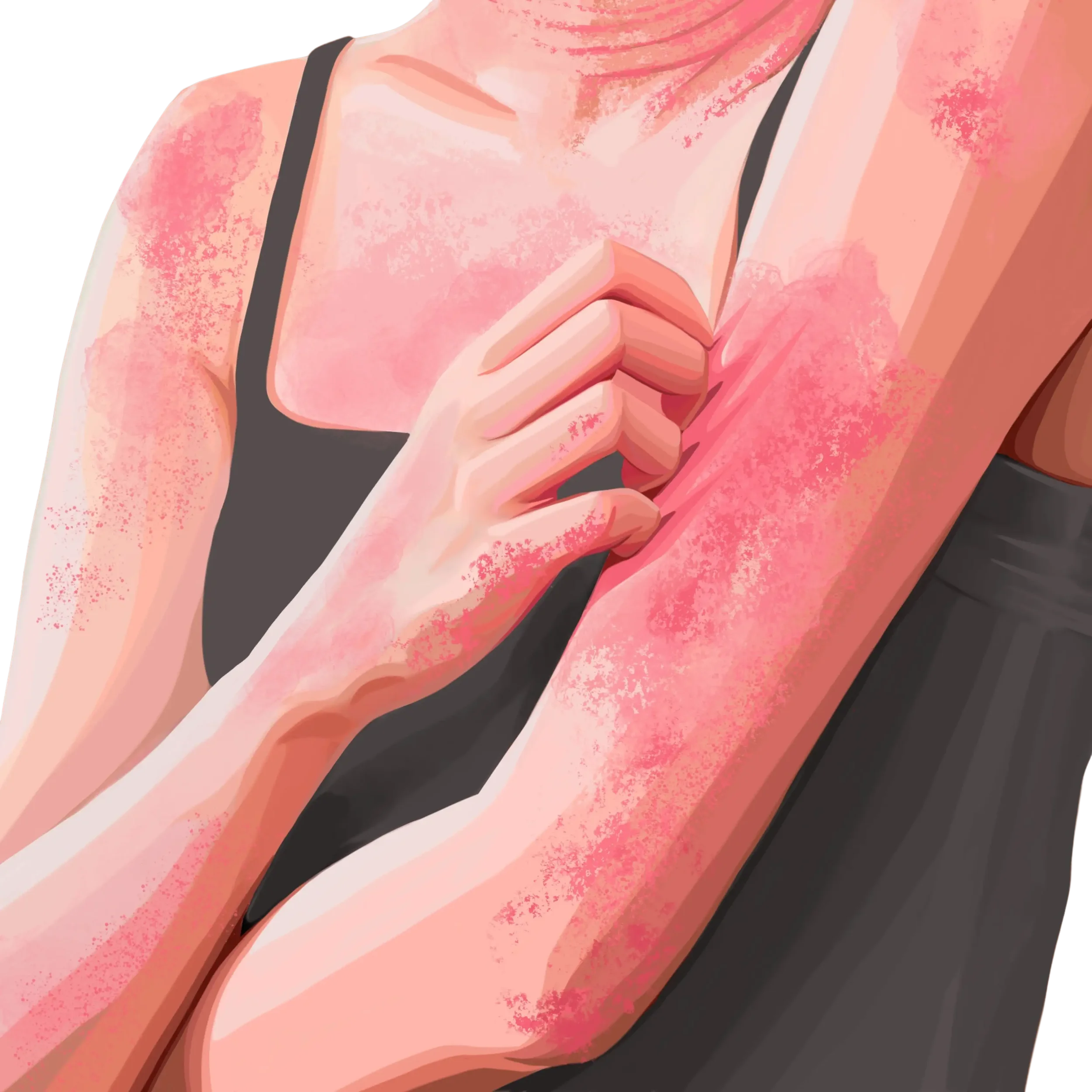External Triggers of TSW
Irritants, Allergens, and Infections
Your environment can play a major role in TSW and RSS flare-ups.
For patients experiencing Topical Steroid Withdrawal (TSW) or Red Skin Syndrome (RSS), external factors like irritants, allergens, and infections can significantly impact healing. While CAP treatment accelerates skin repair, managing your surroundings is essential for preventing flare-ups and supporting recovery.
External triggers are substances or pathogens in our surroundings that can cause Topical Steroid Withdrawal* (TSW) / Red Skin Syndrome* (RSS) skin to flare. They can be divided into 3 big groups:
Irritants
Allergens
Infections
Why External Triggers Matter
External triggers can be the most damaging as they can also hardest to control and avoid. Avoiding external triggers may require big lifestyle changes but breaking free from flare-ups so your skin can heal is worth it.
Irritants: Hidden Chemicals in Everyday Life
Irritants are substances, often chemical, that can damage or inflame the skin. A compromised skin barrier and thin skin for those with TSW makes the skin much more reactive, even to products or irritant exposures that would normally be considered harmless. We can classify irritants into low, mid and high level irritants in order of strength. Because of the increased sensitivity in TSW, it is highly advised to avoid all unnecessary chemical products during the healing process including low-level irritants.
Low-level Irritants
Low level irritants are those that healthy skin people can tolerate direct contact with such as perfumes, cosmetics, smoke, cooking fumes, candles etc. On the other hand, individuals going through TSW, particularly in the early stages, can still react strongly to these, causing a rash and slowing healing.
Mid-level Irritants
Mid-level irritants are those that are generally safe for healthy skin persons to use diluted or to rinse off such as hand soap and laundry detergents. However, for individuals with TSW / RSS, even diluted or brief exposure to these products can lead to significant flare-ups due to their highly sensitive and compromised skin barrier.
High-level Irritants
High level irritants are strong chemicals that can cause irritation and damage even on healthy skin. These include harsh cleaning agents such as bleach, which are typically handled with caution and protective equipment like gloves. For individuals experiencing TSW / RSS, exposure to these substances can cause significant painful damage. It’s important to avoid all contact with high-level irritants during the healing process, including indirect or airborne exposure. Cleaning with hot water or a steam cleaner is a gentler alternative.
Allergens: When Your Body Overreacts
Allergens are substances that trigger your immune system. With TSW, your skin may react to allergens you already know or even develop new sensitivities.
Genetic Allergens
If you have known food or environmental allergies, it’s important to avoid your allergens as strictly as possible. Even small amounts of an allergen can trigger an immune response, which may lead to increased inflammation or a flare-up in TSW* /RSS*-affected skin.
Increased Sensitivities
During TSW / RSS some patients may develop new allergies or intolerances that they didn’t previously experience. These reactions are often temporary and may fade as the skin and immune system gradually recover. It’s important to listen to your body and observe any patterns to keep track of flare-ups, especially symptoms like hives or sudden irritation to identify triggers.
Change of Seasons
Seasonal changes particularly shifts in temperature and humidity, can affect TSW* / RSS* symptoms. Increased pollen in spring, dry, cold air in winter or hot, humid conditions in summer can increase itchiness and inflammation. Being prepared for seasonal transitions can help minimise flares. For example, in spring, those with pollen allergies may benefit from keeping windows closed and using an air purifier indoors.
Insects and Pests
Insects may seem like small annoyances, but for those with TSW* /RSS*, bites can lead to scratching, wounds, and infections. Mosquitoes are common in tropical climates, and pests like cockroaches or ants can contaminate living areas. Reducing exposure with nets, protective clothing, and clean living spaces helps protect your skin from unnecessary irritation and infection risks.
Wave Skin Wellness TSW Tips:
Track flare patterns during seasonal changes.
Keep windows closed during high-pollen days.
Use an air purifier indoors.
Wash bedding in hot (minimal 60℃) water weekly.
Infections: When the Barrier Breaks
Because the skin barrier is fragile during TSW, even small cuts or scratches can let bacteria, fungi, or viruses in. These infections worsen inflammation, slow down healing, and can sometimes lead to further complications.
Bacterial Infections
Bacterial infections can significantly complicate TSW* / RSS* symptoms, leading to increased inflammation, oozing, and discomfort. Open wounds and scratching create entry points for bacteria, increasing the risk of infection. Quickly identifying and treating bacterial infections is crucial to prevent complications and support the healing process.
Viral Infection
Viral infections can be a serious threat to individuals dealing with TSW* / RSS*, exacerbating symptoms and causing widespread infection. The compromised skin barrier can make it easier for viruses to infect, leading to heightened inflammation and discomfort. Early detection and proper treatment as soon as possible are essential to manage these infections and promote recovery.
Fungal Infection
Fungal infections are common for those suffering with TSW* / RSS*. To minimise the risk of fungal infections, we recommend showering at least once a day and avoid scratching as much as possible.
TSW Infection Tips:
Shower daily, especially in humid climates like Bali.
Keep nails short, blunt and clean to reduce infection risk.
Treat early. If you suspect infection, seek medical advice quickly.
Final Thoughts
External triggers are part of daily life, but they don’t have to control your healing journey. By identifying irritants, allergens, and infection risks, you can protect your sensitive skin and create an environment where recovery feels smoother.
At Wave Skin Wellness in Bali, we help patients navigate these challenges every day. Together, we build both treatment and lifestyle strategies so your skin can finally find calm.
If you’d like personalised support, book a free consultation with our team.
*TSW (Topical Steroid Withdrawal) refers to redness, burning, irritation, skin thinning or other adverse effects of topical steroid use. It can also be known as Red Skin Syndrome, Topical Steroid Addiction and Topical Steroid Damage.


